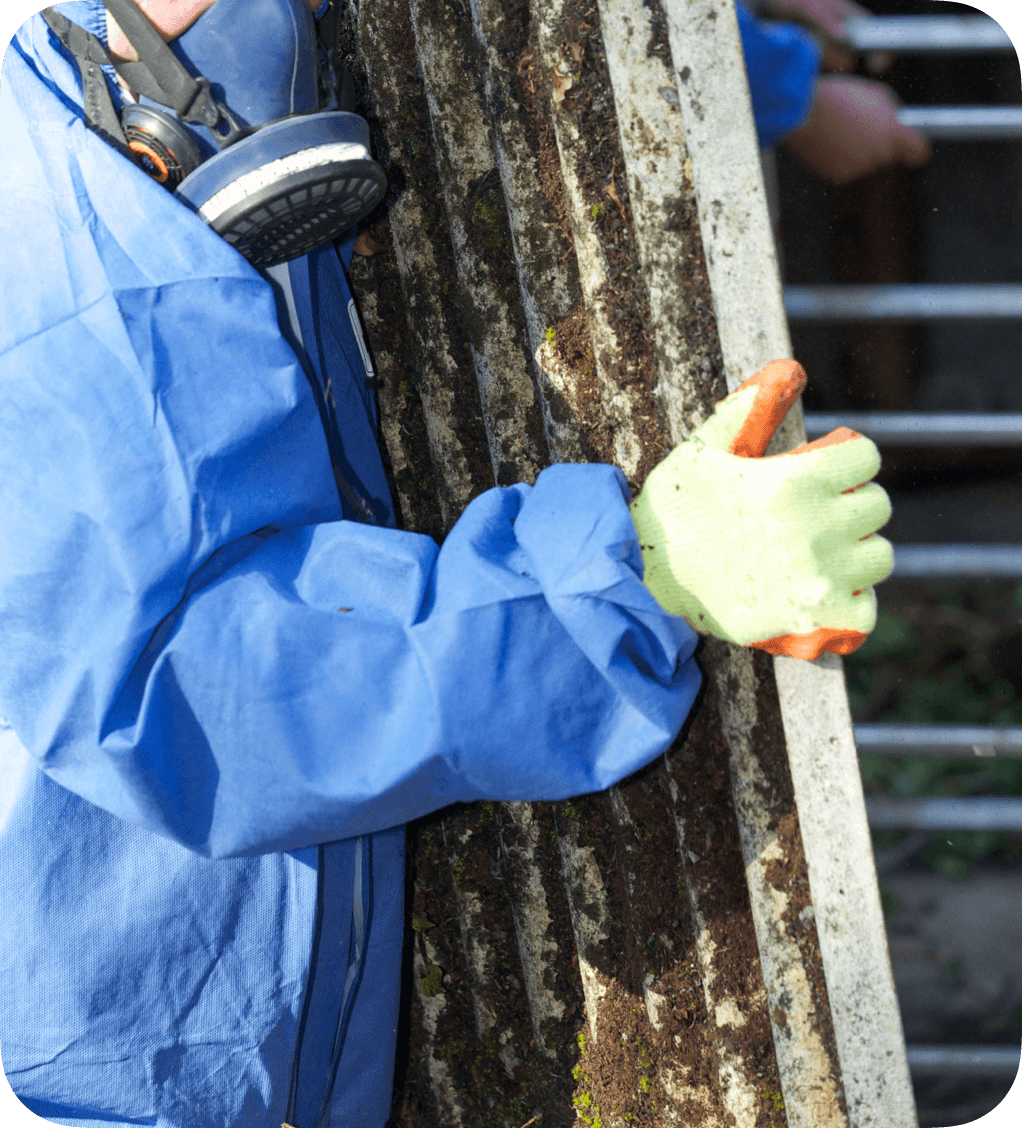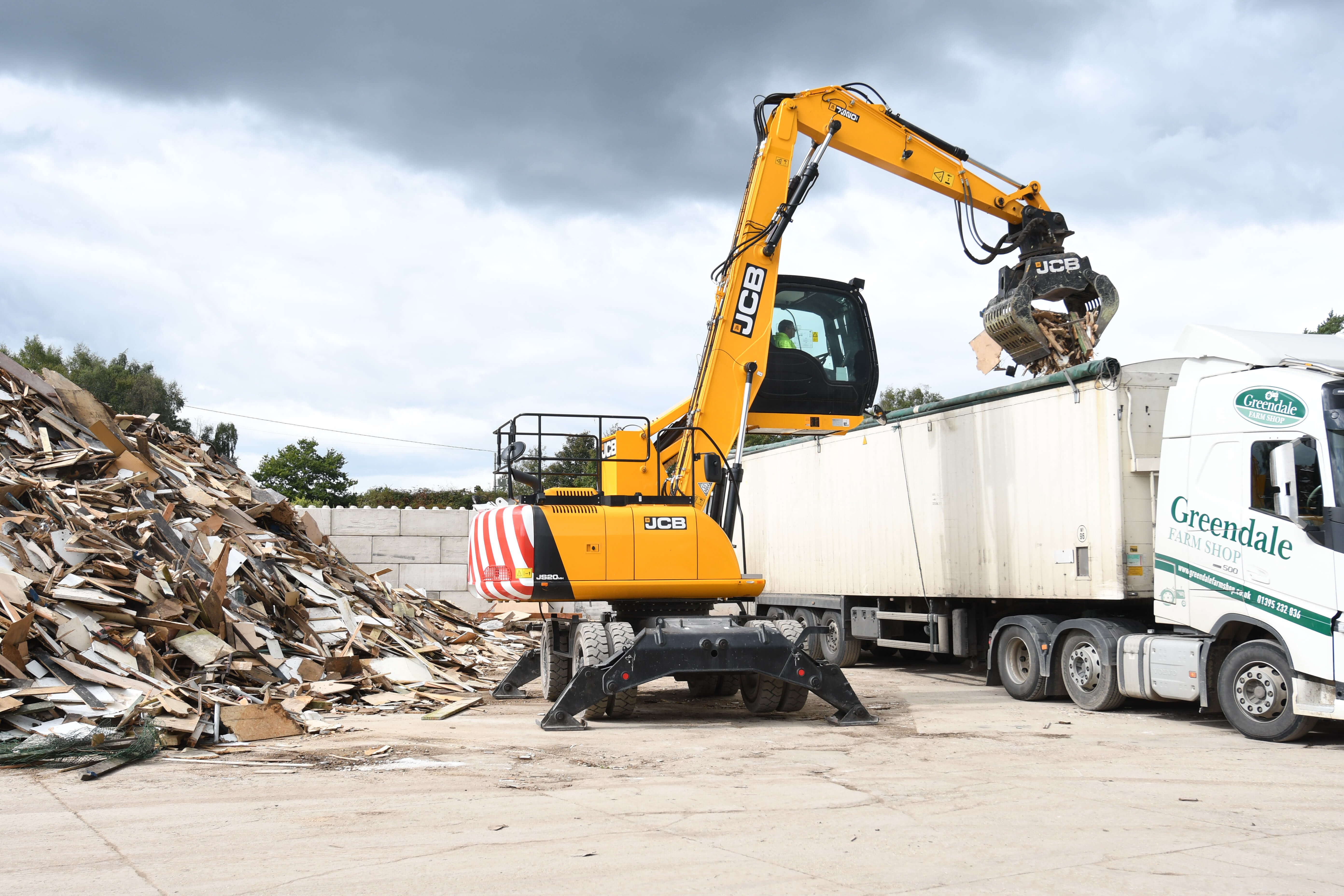Regulations and Compliance in Asbestos Removal: What You Need to Know

Once hailed for its usefulness in construction, asbestos poses severe health risks if mishandled today.
The danger lies in its tiny, invisible fibres. When inhaled or ingested, these fibres can lodge in the lungs and other respiratory areas. Over time, they cause inflammation and scarring, lea
ding to serious health problems.
That’s why safe asbestos removal is paramount, protecting public health and the environment.
In the UK, strict regulations govern asbestos management to safeguard workers and the public from exposure, which we’ll discuss in this guide.
UK regulations for asbestos removal
The Control of Asbestos Regulations 2012 (CAR 2012)
This law mandates asbestos removal by trained professionals, following rigorous procedures to minimise diseases like mesothelioma and lung cancer. Employers must train workers, assess risks, and implement controls to prevent exposure.
Health and Safety at Work etc. Act 1974
This broader legislation requires employers to ensure the health, safety, and well-being of their employees and anyone potentially affected by their work activities, including exposure to asbestos.
The Control of Substances Hazardous to Health (COSHH) Regulations 2002
COSHH requires employers to control worker exposure to hazardous substances, including asbestos, providing information, instruction, and safety training to employees.
Environmental Protection Act 1990
This law includes provisions for the safe disposal of hazardous waste, like asbestos-containing materials. This helps prevent environmental contamination and protects public health.
Construction (Design and Management) Regulations 2015 (CDM Regulations)
These regulations apply to construction projects and include requirements for managing health and safety risks like asbestos throughout the project lifecycle.
The role of the HSE & other UK bodies in asbestos management
The Health and Safety Executive (HSE) plays a central role in regulating and enforcing asbestos management in the UK with responsibilities including:
- Providing guidance and advice to employers and employees
- Conducting workspace inspections
- Enforcing asbestos regulations
- Investigating incidents of asbestos exposure
Along with the HSE, other UK bodies may also play a role in regulating and enforcing asbestos management:
- Local authorities: They enforce specific aspects of the regulations, particularly in non-industrial settings like schools, hospitals, and public buildings.
- Environmental agencies: These agencies ensure the safe disposal of asbestos waste to prevent environmental contamination and protect public health.
Ensuring compliance in asbestos removal in the UK
Compliance in asbestos removal involves the following:
- Training: Workers must undergo comprehensive training covering asbestos identification, safe removal techniques, and PPE use.
- Certification: Workers will then need to obtain certification from accredited bodies, demonstrating competence in asbestos removal.
- Safety protocols: Every project must follow strict safety measures like containment, proper use of equipment, waste disposal, and air quality monitoring.
The importance of using accredited professionals in asbestos removal
Accredited professionals are your best line of defence against the dangers of asbestos. Here’s why:
Unmatched expertise
They possess in-depth knowledge of asbestos identification, safe removal techniques, and strict safety protocols to minimise risk.
Guaranteed compliance
Accredited companies adhere to rigorous regulations, ensuring every asbestos removal project meets legal requirements and protects workers and the public.
Minimised risk
With proper equipment, containment, and disposal methods, accredited professionals significantly reduce the risk of exposure and contamination.
Quality you can trust
Regular inspections and audits ensure accredited companies maintain the highest standards, guaranteeing the quality and reliability of their services.
Consequences of non-compliance with asbestos removal regulations
Ignoring UK asbestos removal regulations is a gamble with serious repercussions. Here’s why compliance is crucial:
- Financial strain: Compensating exposed workers and delaying projects due to HSE intervention can significantly drain company coffers.
- Legal trouble: Expect hefty fines (up to £20,000+) and potential criminal charges from the HSE. Ignoring improvement or prohibition notices only worsens the situation.
- Health risks: Improper asbestos removal exposes workers to mesothelioma, lung cancer, and asbestosis – devastating diseases with life-altering consequences.
The bottom line
Understanding and adhering to UK regulations for asbestos removal is necessary for safeguarding public health and the environment.
The Control of Asbestos Regulations 2012, along with other legislation like the Health and Safety at Work etc. Act 1974 and COSHH Regulations 2002 outline strict protocols for managing asbestos risks.
Compliance involves comprehensive training, certification, and adherence to safety protocols. Non-compliance with asbestos removal regulations can lead to severe consequences, including financial losses, legal penalties, and health risks.
Using accredited asbestos removal professionals ensures safe and efficient practices, minimising risks and leading to safe outcomes.
Ready to safely dispose of asbestos?
If you’re looking for a safe way to dispose of asbestos, The Waste Group has you covered.
We offer a range of container sizes throughout the UK, tailored to your specific needs.
Our containers are available in both open and enclosed options, ensuring safe handling of all types of asbestos.
Contact us today to arrange your asbestos disposal solution with The Waste Group.



